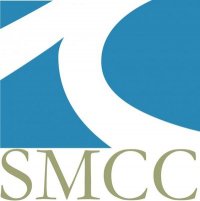Below is a summary of the abstract you submitted. Presenting author(s) is shown in bold.
If any changes need to be made, you can modify the abstract or change the authors.
You can also download a .docx version of this abstract.
If there are any problems, please email Dan at dar78@pitt.edu and he'll take care of them!
This abstract was last modified on May 3, 2019 at 3:03 p.m..

Many temperate water marine phage are thought to form lysogens over the winter months. While searching for a marine Actinomeycete host in the Spring 2019 semester the team at Southern Maine Community College (SMCC) encountered difficulties infecting potential hosts isolated from the marine environment. Potential hosts were isolated from biofilms on marine invertebrates, macroalgae, rocks and sediments. The hosts were used in enrichment cultures in an effort to find phage specific to them. Hosts were gram stained and gram positive hosts were identified to genus by DNA barcoding a portion of the 16srRNA gene. All the gram positive hosts were in the Firmicutes and none of the enrichments yielded phage. We hypothesized that the majority of marine phage form lysogens in the cold months and designed an experiment to test this hypothesis. Three enrichments were done using biofilms from lobsters, tunicates and sediments obtained from the marine environment (ambient temperature 3-7 degrees C) and comparable sources from a heated, recirculating wet lab (18 degrees C). In each case no infection was observed from the 3 degree water and infection was observed in hosts isolated from biofilms in the 18 degree water thus supporting our hypothesis of cold temperatures leading to lysogeny. These results are discussed in the context of the “piggyback the winner” hypothesis of marine lysogeny.

